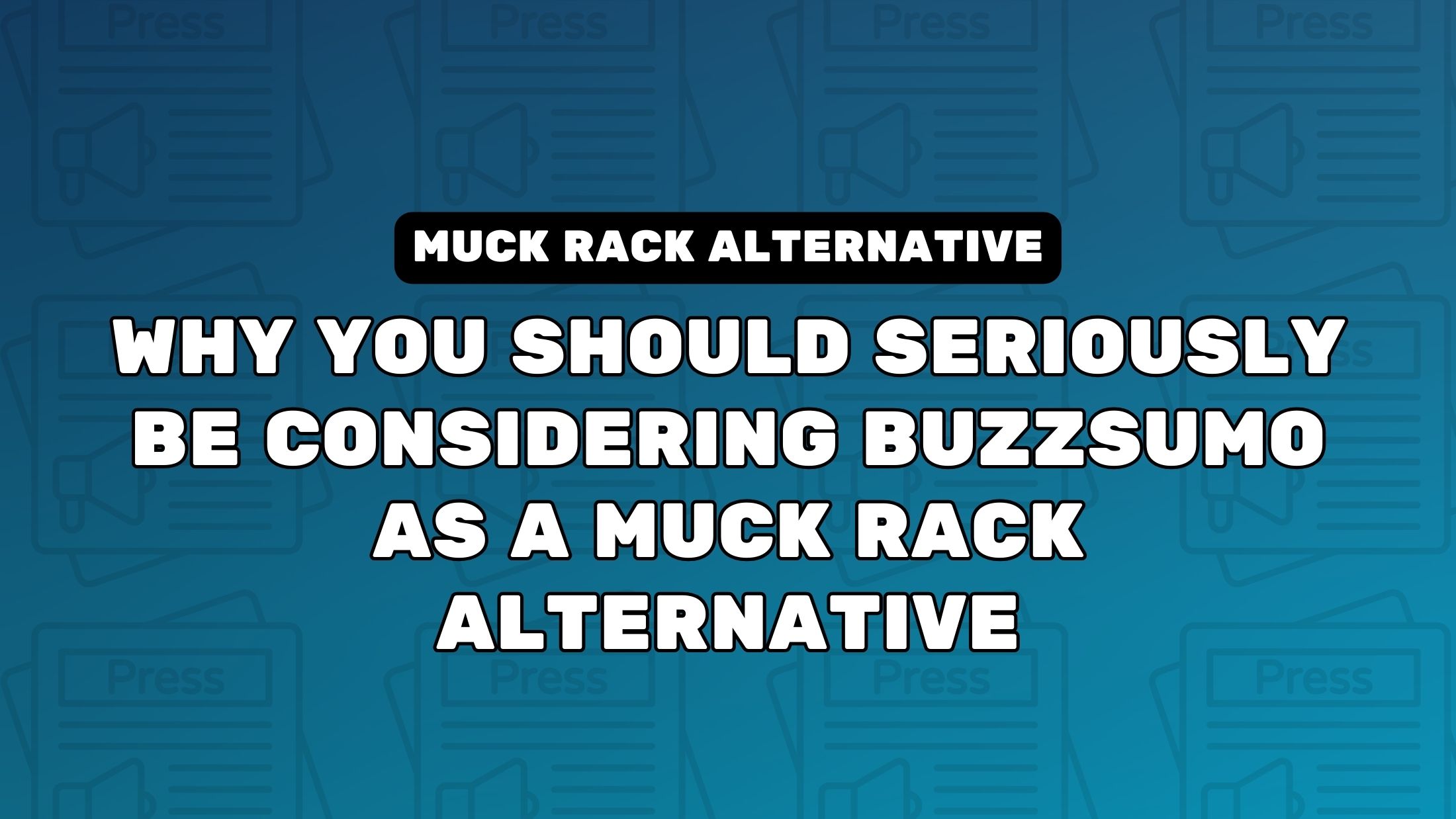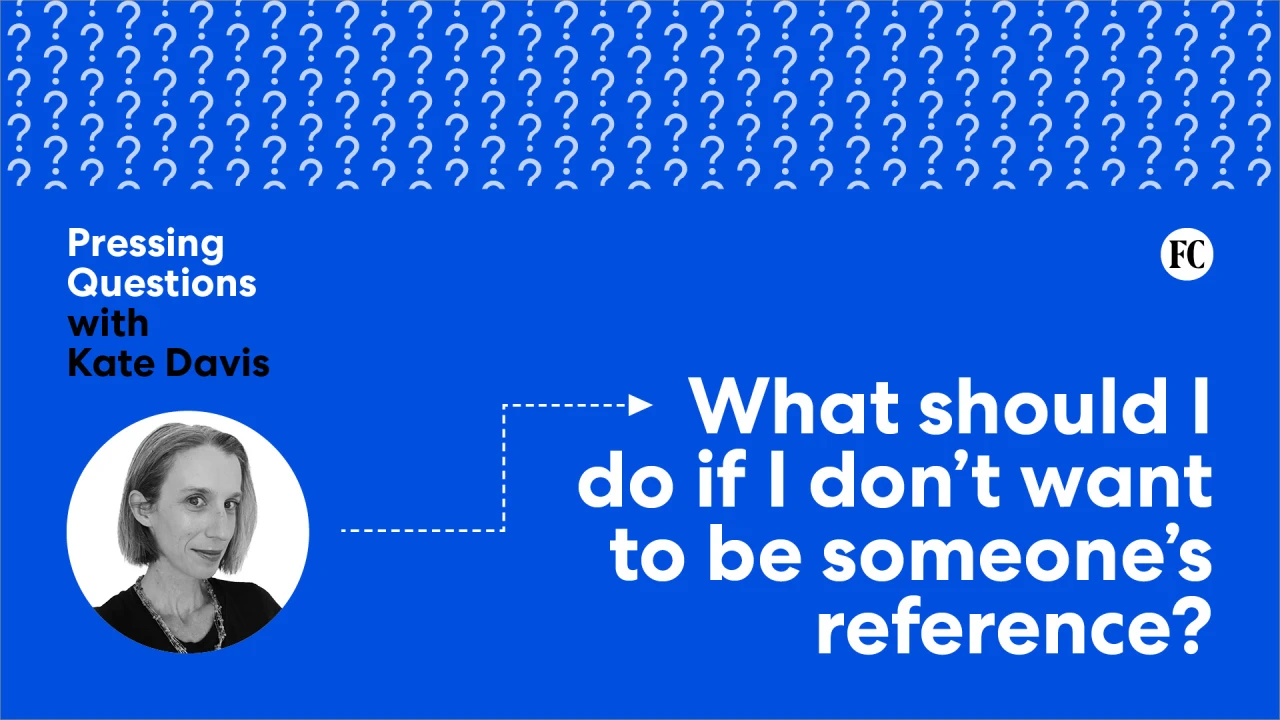How to address conflict at work
Workplaces in the United States are remarkably conflict averse. Many people don’t even like to give criticisms to someone else directly, let alone to hash out a disagreement over a path forward or address a conflict of values. As a result, we kick many conflicts down the road in ways that create problems. We lead people to believe we agree with them when we don’t and we fail to address small concerns early on, when they can be fixed. This failure to act can turn a molehill into a mountain. That said, it is not always good to engage conflict directly or immediately. Here’s what you can do to make those conversations productive. Let the heat die down When you first become aware of a conflict, there is often an emotional reaction that goes along with any contradiction or disagreement that you may recognize cognitively. This duality to a conflict reflects the distinction made in psychology between hot (that is emotional) states and cool (that is cognitive) states. A strong emotional reaction comes along with energy. That energy drives you to want to act. Unfortunately, when the energy level is quite high, you may act without reflecting deeply on what you’re doing. In order to make your disagreements as productive as possible, it is best to wait for any initial energy associated with the disagreement to subside. That way, you can focus your discussions on having a good give and take. In addition, it can be valuable to take the time to think through both what you want to say to someone else as well as what you’re hoping to accomplish from the interaction. What is there to be gained? Addressing conflict is inherently difficult. It is hard to do, and it can put strain on a relationship in the short-term. So, there has to be some benefit to going through the process. When you’re exploring whether to engage directly with someone about a disagreement, you want to highlight what you hope to gain from the conversation. Start by highlighting your ideal end state. Are you trying to make someone else aware of a problem they might not know about? Are you trying to influence someone’s behavior? Are you trying to change a decision that was made in the past? Once you have a sense of what you’d like to accomplish, you can then plan a structure for the conversation to help you reach that goal. Part of that plan involves finding a way to tell the individual you’ll be talking with what you want. That is, the ideal conversation around a conflict is not one that just highlights that there is a problem, but also charts a path forward. It is important to bring a constructive mindset to difficult conversations. You may not know what the solution to a problem is, but you should plan to explore potential solutions. You can ask others for help generating ideas. If you are raising a problem with someone for the first time, it is also possible this discussion may catch them by surprise (or even lead to an emotional response). So, be prepared to schedule another time to talk later when the other party is ready to explore solutions. Be open When you initiate a conversation around a difficult topic, you know your side of the story. You also have your sense of what you’re hoping to accomplish. You are probably missing key information as well. That’s one reason why you want to have a conversation. In order to make it a true discussion, though, you have to be willing to learn and potentially change your mind as a result of what you hear. That openness can be difficult. Conflicts can lead to a sense that you have to win the discussion by bringing the other person over to your way of thinking about things. The goal of a difficult conversation isn’t to win. It is to reach an accommodation to address the source of the conflict. That solution is likely to involve compromise on your part. You should prepare yourself mentally that you’re not going to get everything you want before the discussion starts, so that you don’t dig your heels in and get in the way of a path forward.

Workplaces in the United States are remarkably conflict averse. Many people don’t even like to give criticisms to someone else directly, let alone to hash out a disagreement over a path forward or address a conflict of values.
As a result, we kick many conflicts down the road in ways that create problems. We lead people to believe we agree with them when we don’t and we fail to address small concerns early on, when they can be fixed. This failure to act can turn a molehill into a mountain.
That said, it is not always good to engage conflict directly or immediately. Here’s what you can do to make those conversations productive.
Let the heat die down
When you first become aware of a conflict, there is often an emotional reaction that goes along with any contradiction or disagreement that you may recognize cognitively. This duality to a conflict reflects the distinction made in psychology between hot (that is emotional) states and cool (that is cognitive) states.
A strong emotional reaction comes along with energy. That energy drives you to want to act. Unfortunately, when the energy level is quite high, you may act without reflecting deeply on what you’re doing.
In order to make your disagreements as productive as possible, it is best to wait for any initial energy associated with the disagreement to subside. That way, you can focus your discussions on having a good give and take. In addition, it can be valuable to take the time to think through both what you want to say to someone else as well as what you’re hoping to accomplish from the interaction.
What is there to be gained?
Addressing conflict is inherently difficult. It is hard to do, and it can put strain on a relationship in the short-term. So, there has to be some benefit to going through the process. When you’re exploring whether to engage directly with someone about a disagreement, you want to highlight what you hope to gain from the conversation.
Start by highlighting your ideal end state. Are you trying to make someone else aware of a problem they might not know about? Are you trying to influence someone’s behavior? Are you trying to change a decision that was made in the past?
Once you have a sense of what you’d like to accomplish, you can then plan a structure for the conversation to help you reach that goal. Part of that plan involves finding a way to tell the individual you’ll be talking with what you want. That is, the ideal conversation around a conflict is not one that just highlights that there is a problem, but also charts a path forward.
It is important to bring a constructive mindset to difficult conversations. You may not know what the solution to a problem is, but you should plan to explore potential solutions. You can ask others for help generating ideas. If you are raising a problem with someone for the first time, it is also possible this discussion may catch them by surprise (or even lead to an emotional response). So, be prepared to schedule another time to talk later when the other party is ready to explore solutions.
Be open
When you initiate a conversation around a difficult topic, you know your side of the story. You also have your sense of what you’re hoping to accomplish.
You are probably missing key information as well. That’s one reason why you want to have a conversation. In order to make it a true discussion, though, you have to be willing to learn and potentially change your mind as a result of what you hear.
That openness can be difficult. Conflicts can lead to a sense that you have to win the discussion by bringing the other person over to your way of thinking about things. The goal of a difficult conversation isn’t to win. It is to reach an accommodation to address the source of the conflict. That solution is likely to involve compromise on your part. You should prepare yourself mentally that you’re not going to get everything you want before the discussion starts, so that you don’t dig your heels in and get in the way of a path forward.








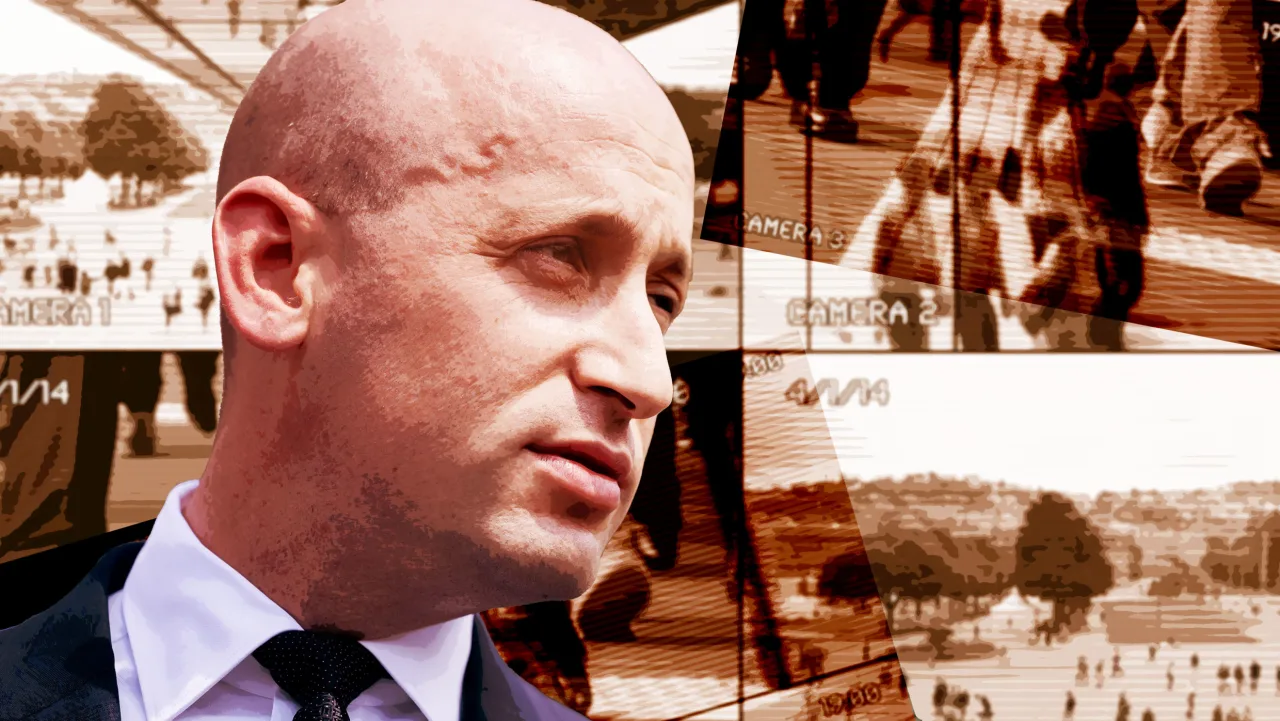












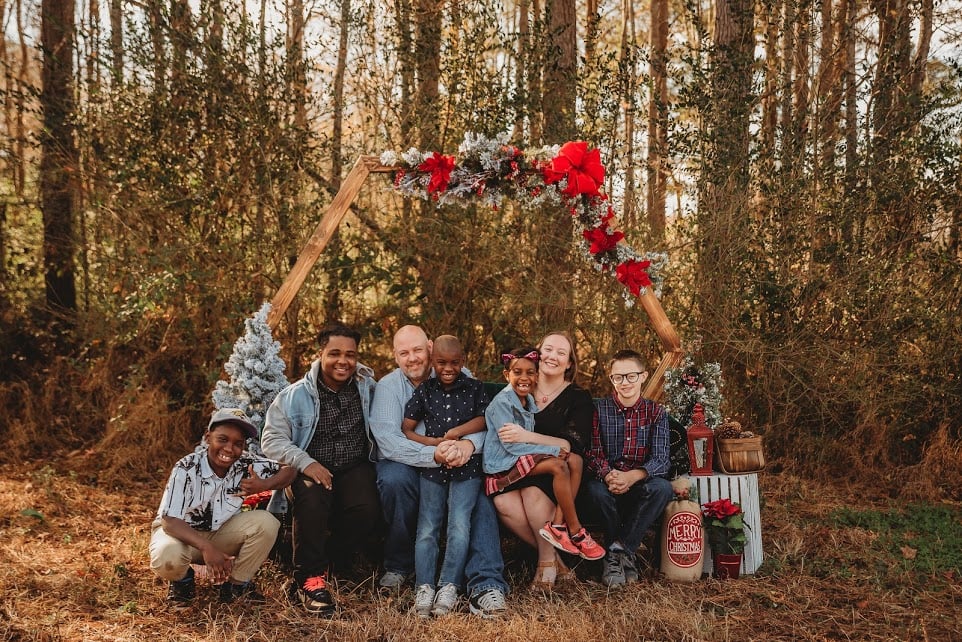













































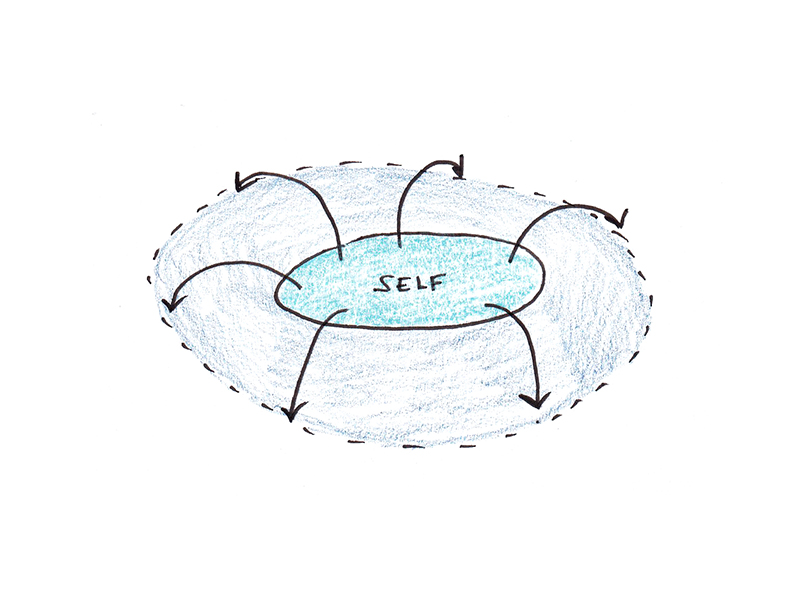





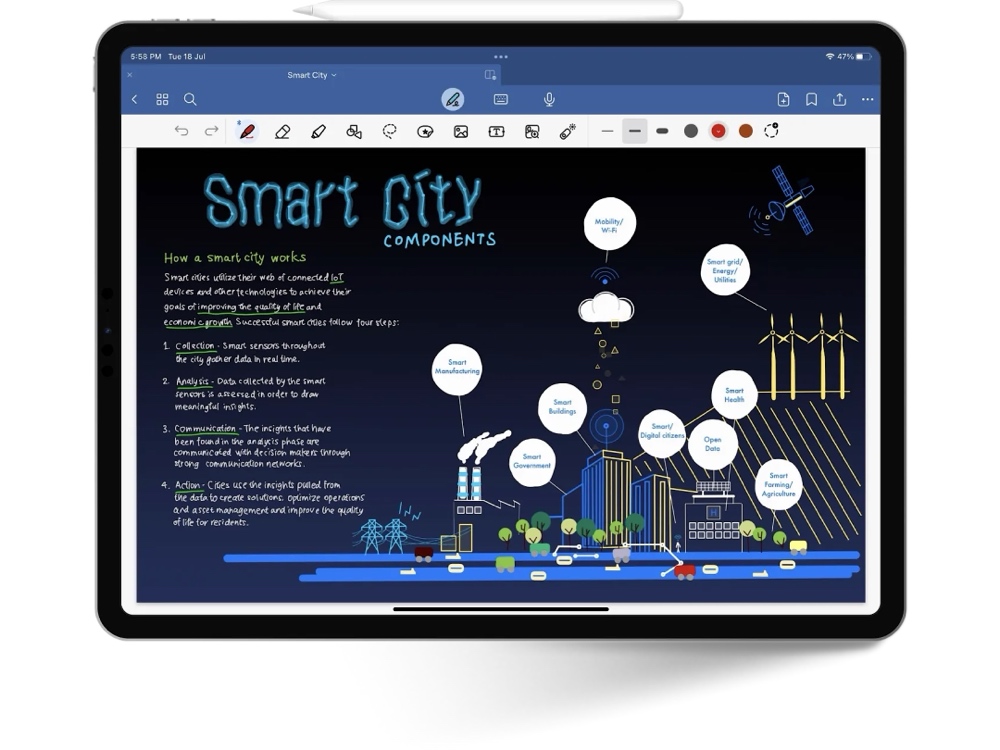

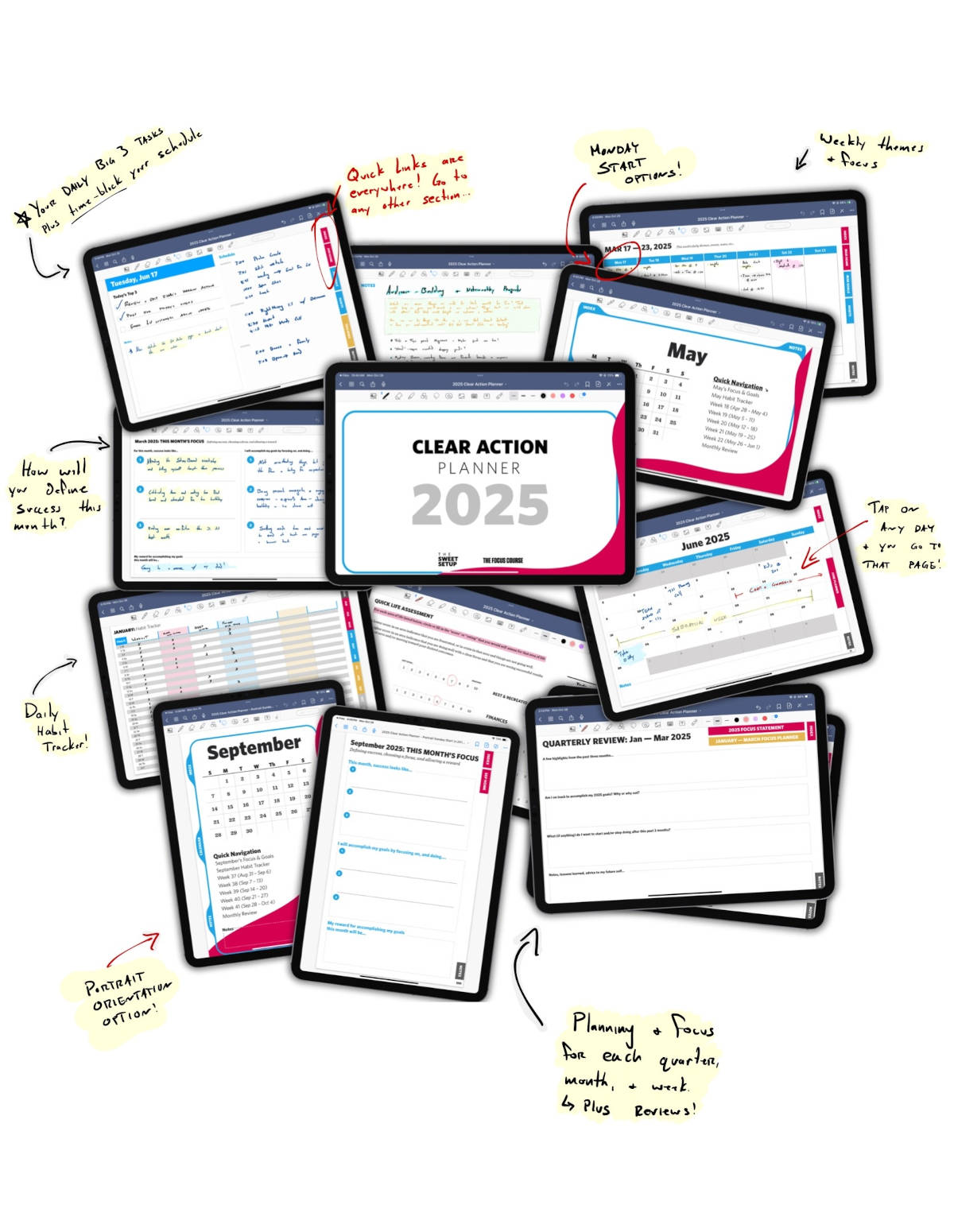

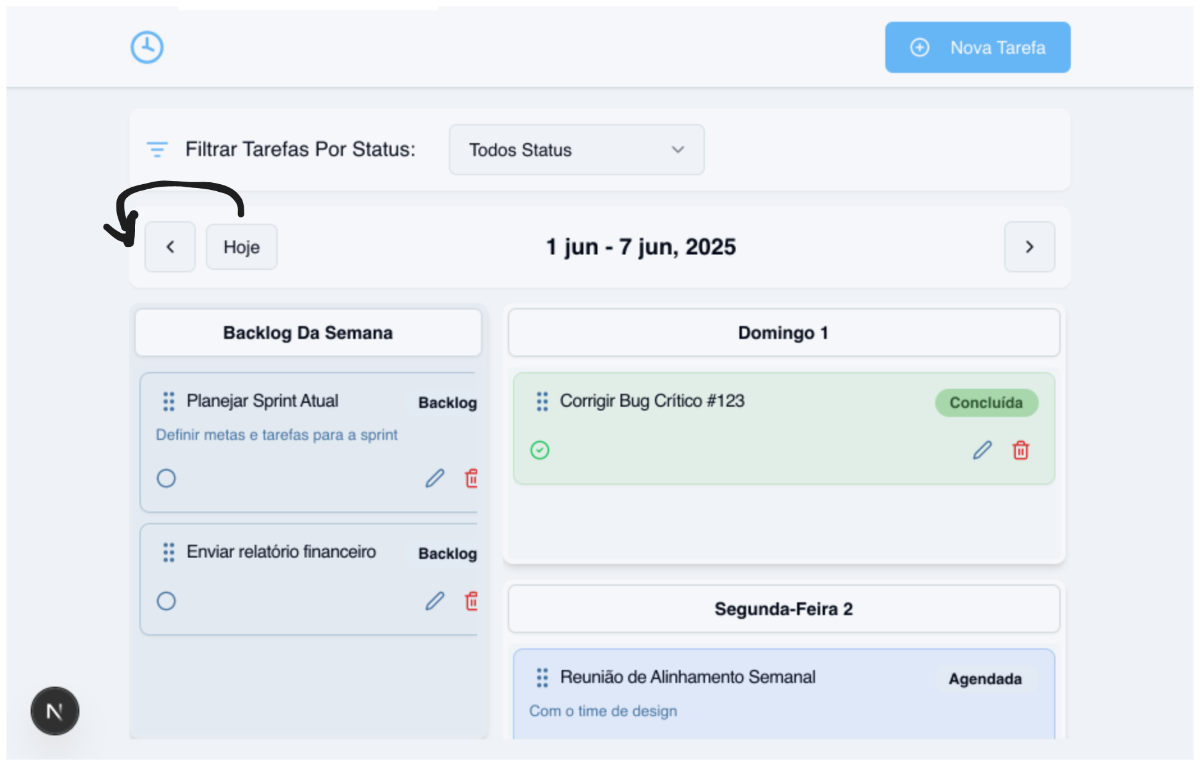

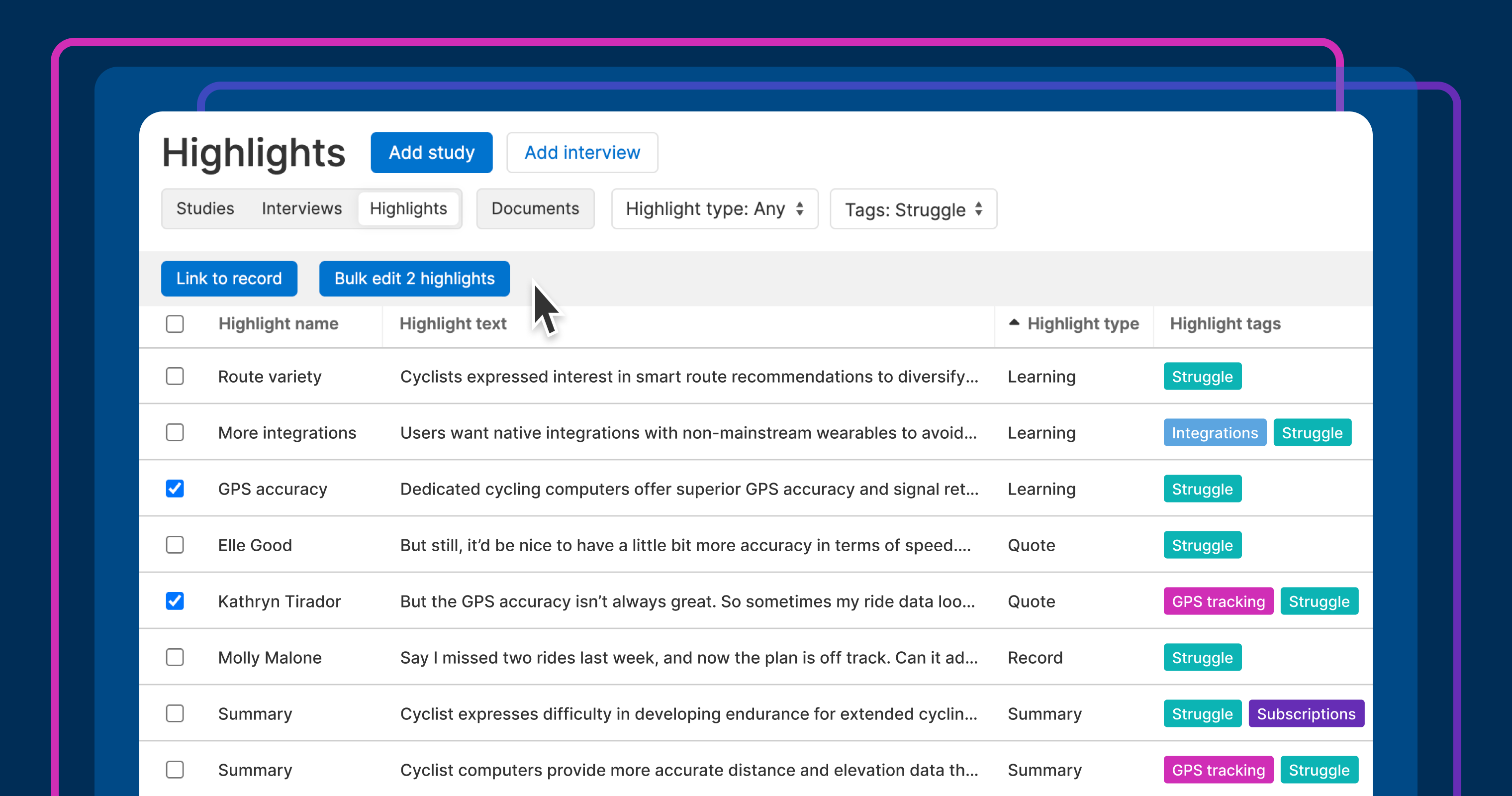


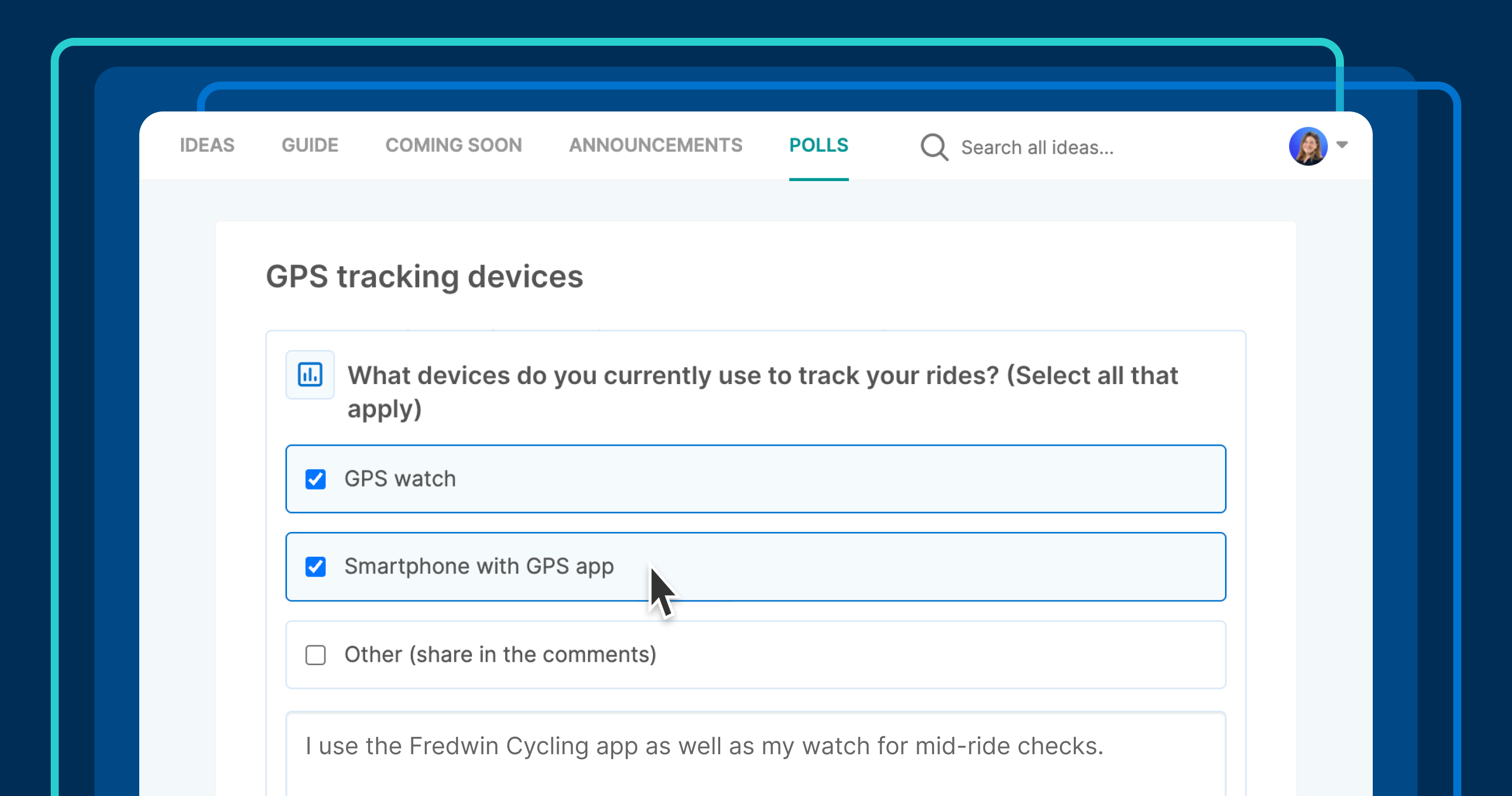



















![Building A Digital PR Strategy: 10 Essential Steps for Beginners [With Examples]](https://buzzsumo.com/wp-content/uploads/2023/09/Building-A-Digital-PR-Strategy-10-Essential-Steps-for-Beginners-With-Examples-bblog-masthead.jpg)
